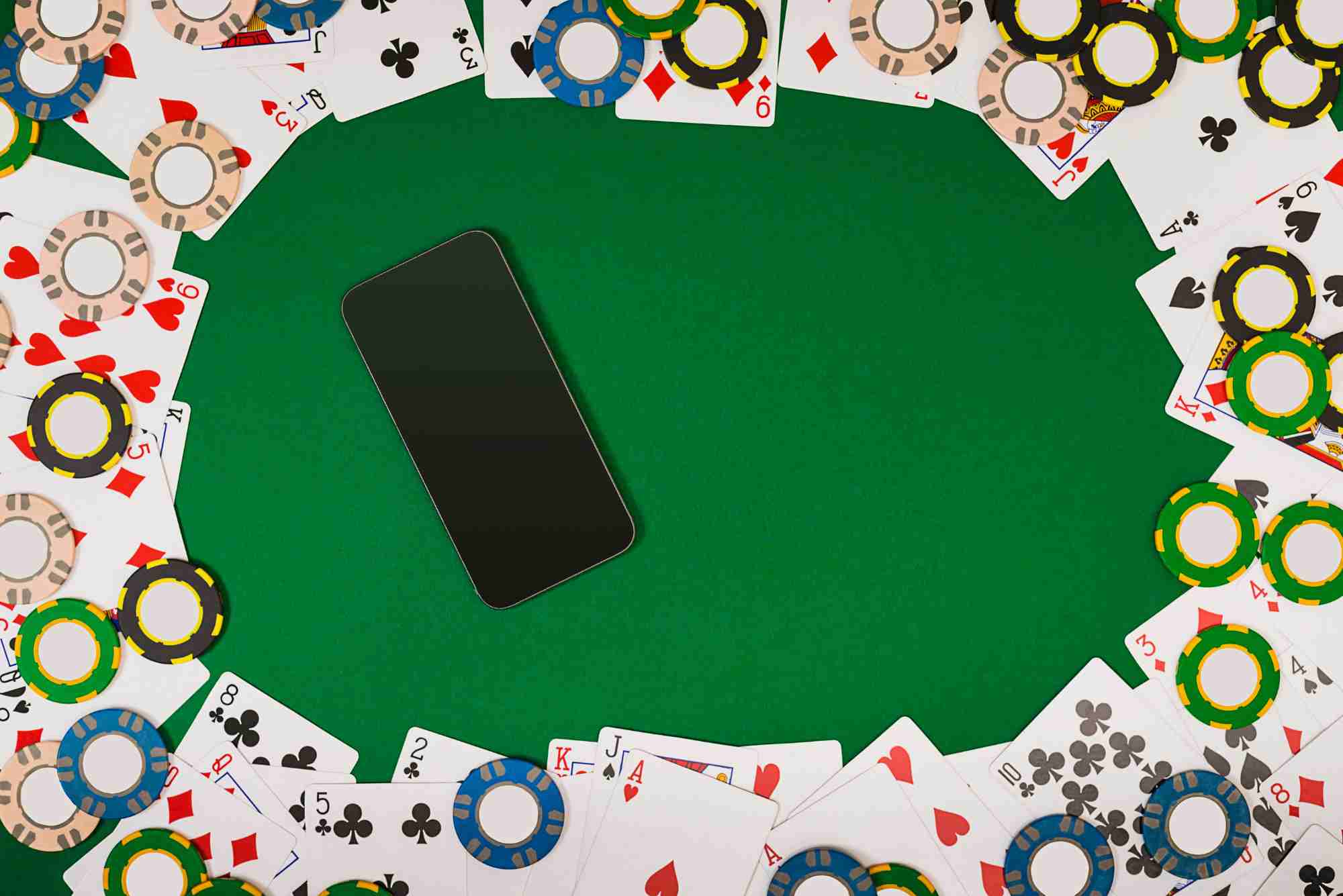Why Autoplay Is So Tempting
Autoplay has become a popular feature in slot games, both online and in physical casino apps. With just a few clicks, you can set the number of spins, stake size, and stop conditions—and then watch the reels roll on their own. It’s convenient, especially if you’re multitasking or simply don’t want to tap the spin button repeatedly. I first tried autoplay during a long train journey, and it felt luxurious to kick back and let the game do the work.
However, that convenience can have a hidden downside: it makes it easy to lose control over your bankroll. If you’re not paying close attention, your balance can drop more quickly than expected. The question many responsible players ask is: can autoplay actually lead to bigger losses?
How Autoplay Works Behind the Scenes
Autoplay is essentially a looped version of the manual spin feature. You set parameters—like number of spins, maximum win, or loss limit—and the game repeats until one of those limits is reached. It doesn’t alter the game’s core mechanics or the RTP (Return to Player). The algorithms that govern wins and losses remain exactly the same as if you were pressing the spin button each time.
That said, autoplay removes a natural pause we get from hand-over-hand play. Those extra seconds between spins can be crucial: they give us a moment to reassess, adjust bet size, or stop when we’re no longer enjoying the session. With autoplay, you lose that rhythm, and it’s easy to spin past your comfort zone.
The Psychology of Faster Play
When you click spin manually, you experience a small but meaningful break. You see your new balance, maybe consider lowering or raising your stake, or decide to cash out if you’re ahead. Autoplay eliminates that micro-decision point. Instead, you’re locked into the pattern until:
The preset number of spins completes
A win or loss threshold is hit
This can lead to playing more spins in a shorter time frame, which on average increases the variance you experience within that session. If you normally play 100 manual spins over 20 minutes, you might run through the same number of autoplay spins in five minutes. That compressed pace often feels more volatile, and volatility tends to mean sharper swings—both up and down.
Real-World Example with New Online Slots
Last month, I tested a popular title on a new UK platform that recently added autoplay to its mobile app. The site was part of the wave of new online slots experiences launching in 2025, backed by solid regulation and transparent game libraries. I set autoplay for 200 spins at a fixed £0.50 stake and took my eyes off the screen to answer emails. By the time I returned, my balance had dwindled by nearly £40—far faster than I would have lost playing manually.
That experiment taught me two things: autoplay doesn’t change the math, but it accelerates play, and accelerated play amplifies losses if the RTP isn’t in your favor that day. RTP is a long-term average, and short sessions—especially quick, repetitive spins—can easily deviate from that average.
How to Use Autoplay Responsibly
Autoplay isn’t inherently bad—it’s a valuable feature when used wisely. Here are some practical tips I’ve honed from experience:
Always set realistic stop-loss limits. If you plan to lose £20 max, program that into autoplay and stick to it.
Use win limits to lock in profits. Too often I’ve watched my balance surge, only to drop right back down before I could react.
Watch the game occasionally. Even a quick glance every 20–30 spins can reorient you to how your session is going.
Play games with moderate volatility. High-variance slots will swing wildly, increasing the risk of hitting your loss limit quickly.
Autoplay vs. Manual Play: Pros and Cons
Autoplay Pros:
Convenience for long sessions
Hands-free play if you multitask
Consistent pacing for bonus triggers
Autoplay Cons:
Rapid depletion of funds
Loss of decision-making pauses
Potential to chase losses unintentionally
Manual Play Pros:
Natural breaks between spins
Time to reassess stake size
Easier to step away when done
Manual Play Cons:
Can be repetitive or tiring for long sessions
Slower progression through bonus rounds
Selecting the Right Games for Autoplay
Not all slots are created equal when it comes to autoplay. Here’s what to look for:
Lower volatility: Games that win more frequently, even if payouts are smaller, help maintain balance during autoplay sessions.
Transparent RTP: Choose games that clearly state their RTP—ideally 96% or above—so you know what to expect over time.
Autoplay features: Some titles let you skip intro animations or speed up reel spins, which reduces session length without sacrificing decision points.
Choosing Trustworthy Platforms
Always play on regulated, licensed sites—especially when using autoplay, since it accelerates your activity. Sites governed by bodies like the UKGC maintain strict rules around responsible gaming and clear RTP disclosures. I’ve found the directory of UK-licensed casinos to be a reliable resource when hunting for new and reputable platforms.
Final Thoughts on Autoplay and Loss Control
Autoplay is a double-edged sword: it offers unmatched convenience and pace, but it also removes natural breaks that help us manage our gambling. The math behind wins and losses doesn’t change, but the speed of play does, which can lead to quicker, steeper losses if you’re not careful. Used smartly—with limits, occasional checks, and on the right games—autoplay can enhance your slot sessions without draining your bankroll.
Remember, whether you spin manually or hit autoplay, the key to enjoyment is control. Set your limits, choose your games wisely, and keep an eye on your playing patterns. That way, you’ll get the best of both worlds: the thrill of modern features and the discipline needed for responsible play.







